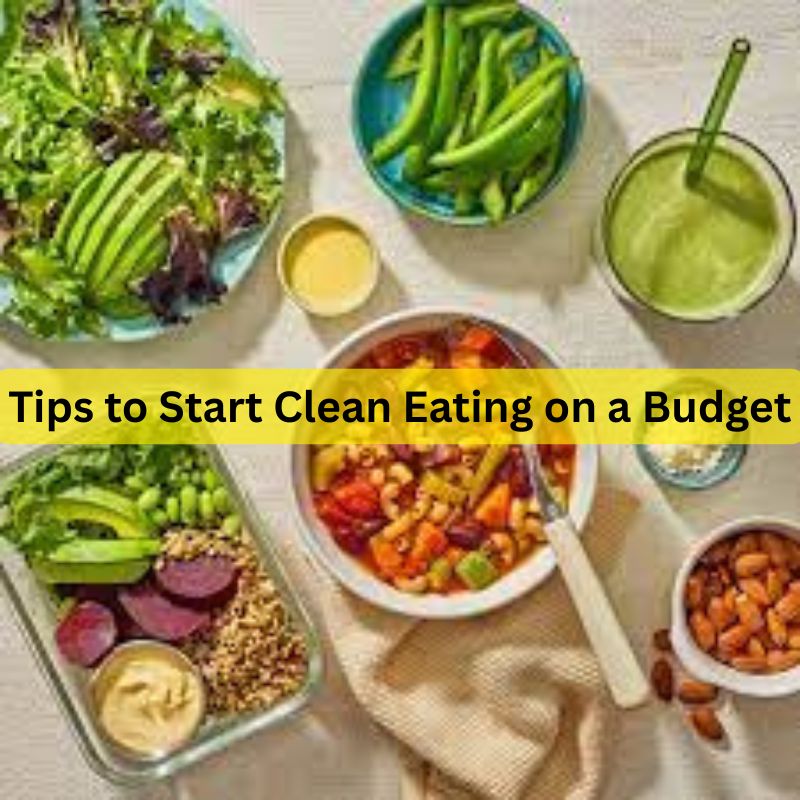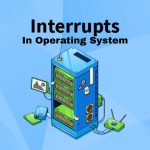Eating healthy doesn’t have to be expensive. With the rising cost of groceries, many people feel clean eating is out of reach—but it doesn’t have to be. If you’ve been wondering how to start clean eating on a budget, this guide offers practical, human-friendly tips to help you get started without straining your wallet.
Clean eating is simply about choosing whole, minimally processed foods and cutting back on added sugars, artificial ingredients, and overly processed snacks. You don’t need to go organic-only or buy expensive health foods. You just need to shop smart and plan ahead.
Understanding Clean Eating
Clean eating means prioritizing foods in their natural state or close to it. This includes:
- Fresh fruits and vegetables
- Whole grains like oats, brown rice, or quinoa
- Lean proteins such as beans, eggs, chicken, and tofu
- Healthy fats like avocados, olive oil, and nuts
It’s not a diet, but a long-term lifestyle choice. The best part? With some mindful strategies, you can master how to start clean eating on a budget.
Tips to Start Clean Eating on a Budget

Discover practical tips to begin clean eating without overspending. Learn how to choose healthy, whole foods while sticking to a budget-friendly plan.
1. Plan Your Meals Ahead
Planning is everything when it comes to clean eating. Sit down once a week and decide what you’re going to eat for the next 5 to 7 days. Make a grocery list based on that plan and stick to it.
Planning helps you avoid impulse buys, reduce waste, and use ingredients more efficiently across meals.
2. Buy in Bulk
Buying in bulk is one of the smartest ways to save money. Staples like rice, beans, lentils, oats, and frozen veggies are often cheaper when bought in larger quantities.
This is especially helpful for anyone learning how to start clean eating on a budget, as these ingredients are clean, versatile, and long-lasting.
3. Choose Seasonal and Local Produce
Fruits and vegetables in season are generally cheaper and fresher. Local farmers’ markets often sell affordable produce, sometimes even cheaper than supermarkets. You can also freeze extras to use later.
If fresh is too pricey, frozen fruits and vegetables are just as nutritious and often more budget-friendly.
4. Cook at Home More Often
Dining out regularly, even for “healthy” meals, can quickly eat away your budget. Home-cooked meals not only save you money, but you also have full control over the ingredients.
Batch cooking and meal prepping also go a long way in helping you stay consistent with your clean eating goals.
5. Shop Store Brands
Many store-brand versions of pantry staples (like brown rice, oats, canned beans, or peanut butter) are just as healthy and significantly cheaper than name-brand options. Reading the label ensures you’re still getting clean ingredients.
6. Limit Expensive ‘Health’ Foods
You don’t need $12 almond butter or imported superfoods to eat clean. Stick to nutrient-rich basics like bananas, spinach, eggs, whole grains, and sweet potatoes. Focus on affordable items that offer great value per serving.
This realistic approach is key when figuring out how to start clean eating on a budget without falling for trendy marketing.
Affordable Clean Eating Sample Grocery List
Here’s an example of what a clean, budget-friendly shopping list might include:
- Grains: Oats, brown rice, whole wheat bread
- Proteins: Eggs, beans, lentils, canned tuna
- Vegetables: Carrots, spinach, onions, frozen broccoli
- Fruits: Bananas, apples, oranges (in season)
- Fats: Olive oil, peanut butter (no added sugar), sunflower seeds
With this list, you can prepare soups, stir-fries, smoothies, and healthy bowls for the entire week.
Simple Budget-Friendly Clean Meals
- Overnight oats with banana and peanut butter
- Vegetable stir-fry with rice and soy sauce
- Egg and veggie scramble
- Lentil soup with whole grain toast
- Chickpea salad with lemon dressing
- Smoothies with frozen fruit and oats
These meals are nutritious, inexpensive, and can be easily customized to your taste.
Avoiding Common Pitfalls
1. Don’t Shop Hungry
When you’re hungry, you’re more likely to make impulse purchases. Eat before you shop to avoid filling your cart with snacks or items not on your list.
2. Don’t Be Fooled by Marketing
Just because something is labeled “organic” or “natural” doesn’t mean it’s healthy—or budget-friendly. Always read the nutrition label and ingredient list.
3. Avoid Food Waste
Use leftovers creatively and plan meals that allow you to repurpose ingredients. For example, roasted veggies for dinner can become part of a wrap for lunch the next day.
Learn More About Clean Eating
For more strategies and healthy eating tips, check out this resource by EatingWell on clean eating on a budget. It’s a great external reference packed with practical advice.
FAQs
1. What does clean eating mean on a budget?
Clean eating on a budget means prioritizing whole, unprocessed foods like grains, vegetables, fruits, and lean proteins while keeping grocery costs low through smart planning and buying.
2. Is it expensive to eat clean?
It doesn’t have to be. While some health foods are pricey, basics like beans, oats, and seasonal veggies are affordable and nutritious. Smart shopping and home cooking help cut costs.
3. Can I meal prep clean foods cheaply?
Yes! Meal prepping with budget-friendly ingredients helps save time and money. Cook in batches and store in reusable containers for the week.
4. How do I know if a food is clean?
Clean foods are minimally processed with no added sugars, artificial ingredients, or preservatives. Read ingredient labels to ensure you’re choosing wholesome items.
5. What’s the first step to start clean eating on a budget?
Start by planning your meals for the week, making a list, and shopping for whole foods that can be used across multiple meals. Stick to your budget and avoid impulse buys.
Conclusion
Learning how to start clean eating on a budget is not only possible—it’s empowering. You can eat well, nourish your body, and stay within your financial limits by making smart, conscious choices. The key is consistency, planning, and being mindful of both nutrition and spending.
Want more practical lifestyle tips that support a healthier, more balanced you? Head over to MindScribes for expert advice, simplified guides, and tools to help you live better—without breaking the bank.
Start your clean eating journey today. Your body (and your wallet) will thank you.

